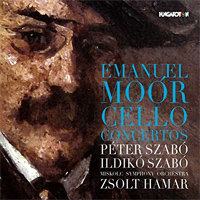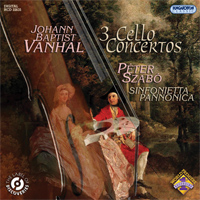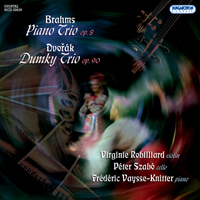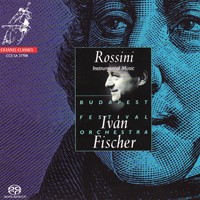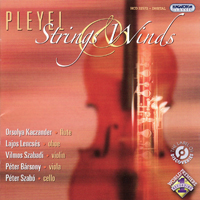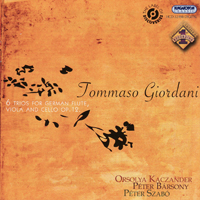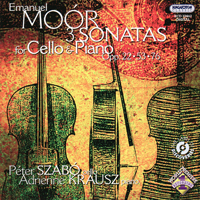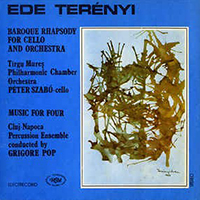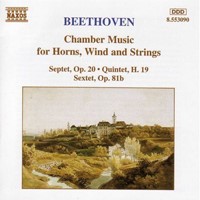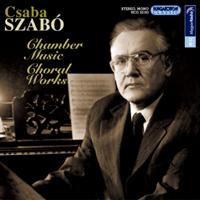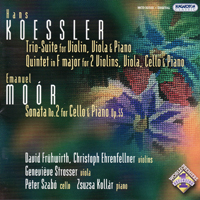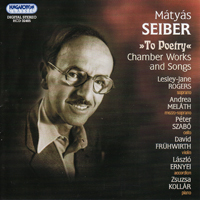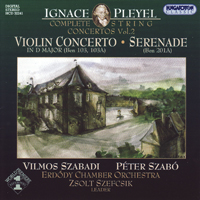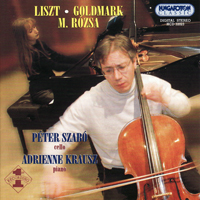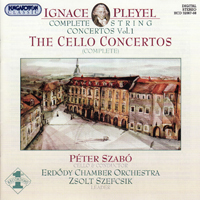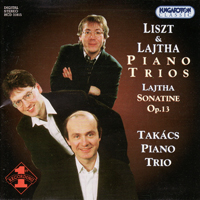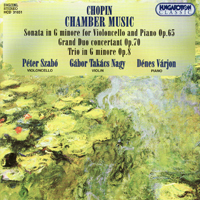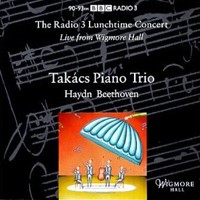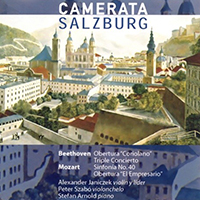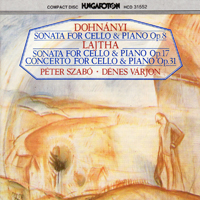A concert at the Hungarian Academy of Sciences
It was probably the first spring night of the year. I felt the smell of the Danube in the room and cold wind on my skin. A wind, that was cold but different from the day before – probably the last night of winter.
The concert started with the Kodály piece; violin and cello. Two utterly different characters played together on the stage. Frühwirth’s playful nature and Szabó’s (Susan – does he mean “lyrical” or” spiritual”; ”drifting” could be a quite unfortunate word in this context! ) spiri tu c al/drifting cello playing gave a s pecial trange impression. The acoustic balance of the two instruments and the differences in nature, created a tension which almost re-fashioned the piece. Then Kontarsky emerged, introducing a distinctive cultural universe. The spirit of Vienna and the strength of the young Strauss find a voice in this piece. This is special musical material; even in this early piece of Strauss one can see the later typical manner of tune construction; subtlety, dissolving harmonies, sudden forceful attacks. Péter Szabó’s intensive character and power could gain ground here. The sound of the cello flared , and fill ing ed the room. Kontarsky’s performance was pure poetry. He drew wide forms sketches with his piano (Julia, I am sorry, but this is what he says and no idea what he means), which is typical of the gr and eat old schools. The energies and the use of musical elements were submitted to the musical processes. It is a language, a morality rectitude of musical gramm atics ar ; : details cannot subdu obscure e the whole. In our time of individualism, I often see that musicians are struggling to achieve an overall appearance that for a the piece, allowing the music al material itself to appear, but th without e the performer regularly pop ping s up out.. It is like spea as though king a the language with had an accent. With Kontarsky, I heard no such intrusion accent. He did not want to need to- verify, it was only the musical passage that sounded, but ye it it made the performance even more complete. The piano enfolded the room with as a fine acoustic texture while the cello accomplished itself. The gestures opened opening gestures up and got filled with energy. Then came the Le Grand Tango , the late Piazzolla piece dedicated to Rosztropovic s . There was some p power and playfulness here! The power strength and the vulnerability of the tango exposed and the characteristic Argentin ian or late Piazzolla athmosphere. Often, the music al substance heated up warmed and then was wrapped in contemplation. The cello sang and made demand s ed, display ing ed a wide range of colo urs and power force. . The pulsating rythm and the painting-like harmon ious brush strokes y treatment of the piano , , the genero us ly ity revived the era of the tango. Piazzolla is difficult to be play ed well. Mostly people over do act it, cram ming in it with mannerism s, they and make the piece unrythmical at in the slow parts ; , they sentimentalize the sequences which sound ing unusual to the European ear as if playing a third-rate hit. There is a huge temptation for the performer to use rely on the music’s dance elements and memories memory. But tango is an authentic language, not pop music . and not simply a hit. It ’s native country is Argentina, but it has bec a ome international over the years, thanks primarily to Astor Piazzolla. It is a music sound of our time, originating from cultural c ontrasts. lashpoints. It has its own identity. Kontarsky and Szabó did not overplay the piece, those, who were there understood and, above all , felt absorbed Piazzolla’s message. After the break interval, the Trio in E flat commenced. It is a heavenly music, a complex poem. The almost festive music remained solemn and in a sense untouched all the way through.
It was a great success with a earning frenetic applause. People kept standing up to applaud. They received an encore. I stepped out to the vernal bank of the Danube. The wind was still blowing . . I was in a festival.
Kodály: Duo for violin and cello, op.7
R. Strauss: Sonata for cello and piano
Piazzolla: Le Grand Tango
Schubert: Trio in E flat, D 929
20. March 2005
Academy of Sciences, ceremonial hall
Alfons Kontarsky, David Frühwirth, Péter Szabó
Domonkos
Source: www.hzo.hu
Translation by Susan Kapás
Hangszer és Zene
March 2005


